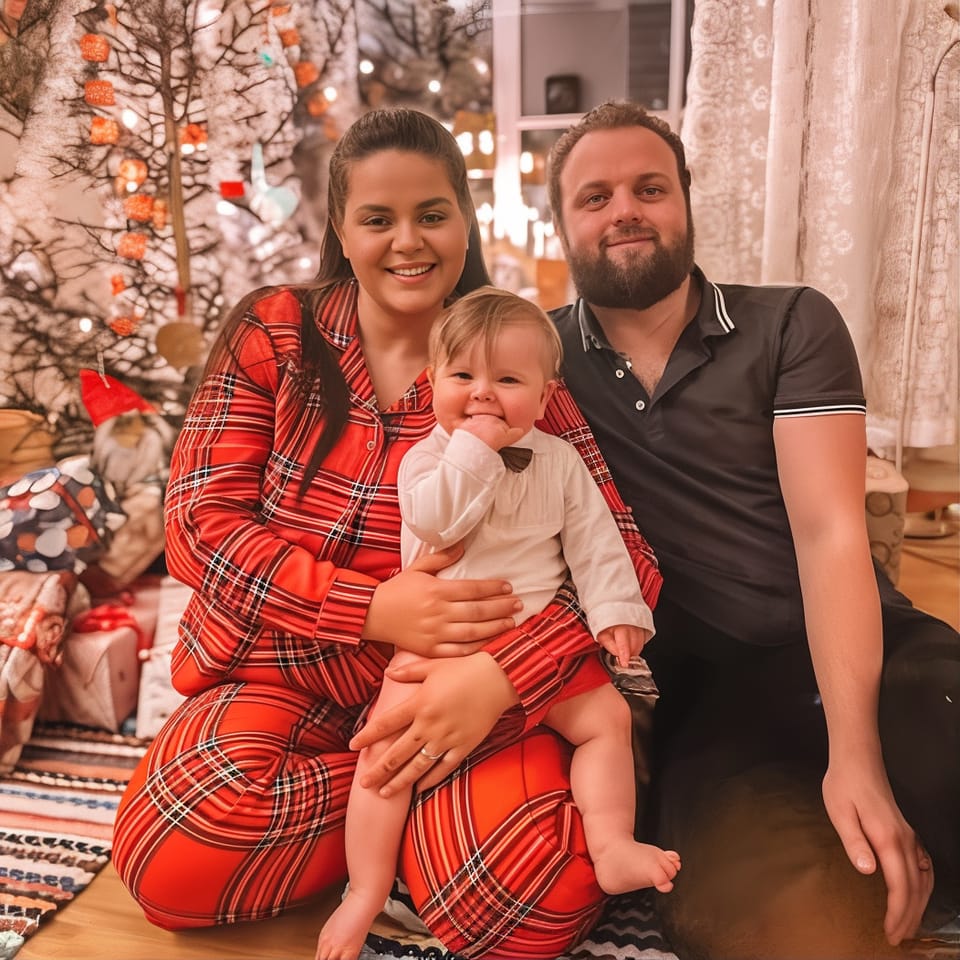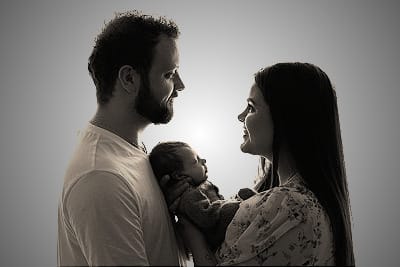THE BIRTH OF MY *TETRANETO

By AI-ChatGPT-T.Chr.-Human Synthesis-25 October 2025
The Mother, Rakel Christine Vangberg-Ough is at Nordfjord Hospital.
*Note.
- Tetraneto means Great-Great-Great-Grandchild in Brazil.
- Rakel Christine changed original surname Christiansen to Vangberg.

Nordfjordeid, Norway ·
I just have to say WOW!! What a response after today’s action. And the response to my speech, where I got to share my birth story, in which the The good start department at Nordfjord Hospital played a big and important part! I feel completely overwhelmed by the amazing feedback I have received afterwards!
I can feel the tears welling up.
Let us hope and pray that what we all stood up for today makes the difference we need and deserve.
If anyone wasn’t able to attend today, I’m attaching my speech for anyone who might be interested.

A Good Start — The Story That Saved Two Lives
In recent weeks, much has been written about the importance of the Good Start program here in Eid, especially for mothers after giving birth. But I want to share how Good Start was not only important after delivery — it was vital during my childbirth.
I became a mother for the first time in May 2024. Because I had insulin-dependent gestational diabetes, my induction was scheduled for May 21 to reduce the risk of complications. But that’s not how things turned out.
The Unexpected Beginning
On the evening of May 16, 2024 — six days before the planned induction — labor started naturally at home in Bryggja. My water broke at 10 p.m., and soon after, the contractions began. They were weak at first, then stronger and closer together. We had prepared for a long night, but fate had other plans.
I first called Good Start for guidance and was advised to contact Førde. Since I was a first-time mother, they said it would likely take time. But time was exactly what I didn’t have.
I called my mother 45 minutes after my water broke. She arrived two hours later to help me through the night, but it didn’t take long for her to realize that this was an active labor. I called the maternity ward again at 1:30 a.m. and was told to call the emergency number, 113. The ambulance came from Måløy with lights and sirens after realizing that things were progressing very quickly.
A Race Against Time
We left Bryggja at 2:00 a.m., my contractions so strong that they never paused. Everything was blurry — the pain had taken complete control of my body. I knew the baby was coming and was terrified that I might give birth in the ambulance. What if something went wrong? What if the baby got stuck or needed an emergency C-section?
Ambulances have limited resources to handle such emergencies.
Luckily, we managed to meet the midwife at the Sårheim gas station. I was already 8 cm dilated, and my contractions were constant. The ambulance team even prepared to call a helicopter, but after evaluating me, the on-call midwife made it clear — there was no time.
A Birth on Norway’s National Day
We arrived at Nordfjord Hospital, where they wheeled me straight to the Good Start department at 2:30 a.m. I was 9 cm dilated. By 2:45, I began to push.
For a first-time mother, labor usually takes many hours. For me, it was just five hours from my water breaking at Bryggja until I became a mother.
While the rest of the village celebrated Constitution Day — hearing cannons, singing, cheering, and waving flags in the parade — my husband and I lay quietly together, admiring our own little miracle in a safe, peaceful room that already felt like home.
At 3:10 a.m. on May 17, 2024, our son, Theo-Alexander, was born at Nordfjord Hospital — just over two weeks before his due date. A day that didn’t go as planned, but one that means infinitely more to us.
The Challenges That Followed
We were transferred to Førde Central Hospital because of my gestational diabetes, and because Theo-Alexander was small and underweight.
I struggled with breastfeeding and faced severe psychological challenges after such a rapid and intense delivery. During my stay in Førde, I felt that the staff had little time and limited understanding of my emotional state. Communication was poor, and I received little help with breastfeeding — something I had longed to succeed in.
As a result, my milk didn’t come, and I was unable to breastfeed.
Returning to Safety
When I finally returned to Good Start, I felt an enormous sense of relief and security. I was back among the midwives who had been there during the birth — people I trusted. There, I was able to breathe again, to feel safe, and to begin processing everything that had happened.
I remember sitting “lifeless” in the shower at Good Start until I finally began to feel capable again — comforted, supported, and cared for. Gradually, my milk came in, and with the help and patience of the Good Start team, I was able to breastfeed fully for one year and one month.
Good Start was the deciding factor in turning my experience into what I now call my dream birth, despite the chaos of that night.
What’s at Stake
If Good Start at Nordfjord Hospital hadn’t existed, Theo-Alexander might have become what we call a “bus-stop baby.” That department provided me — and many mothers like me — with the sense of safety we desperately need.
Now, as the future of Good Start is uncertain, that sense of security is at risk. Even though my birth went well, there’s no guarantee the next one would. And if it hadn’t gone well, the long road to the central hospital could have meant tragedy.
Is it fair that pregnant women should fear whether they can receive the help they need and deserve?
Dear politicians — is this insecurity something you would wish upon your own wives or daughters?
Distance to the nearest health service can mean the difference between life and death.
Economics should never decide whether a life begins with a good or a bad start.


A BIT MORE FROM THE LOCAL NEWSPAPER
